France PMI Manufacturing was finalized at 55.7 in April, up from March’s 54.7. S&P Global said manufacturing output growth was constrained by war in Ukraine. There were reports of automotive sector weakness, while supply issues persisted. Output price inflation accelerated to series high.
Joe Hayes, Senior Economist at S&P Global, said:
“France’s manufacturing sector continues to churn out growth in the face of an intensely challenging backdrop for goods producers. That said, some of the anecdotal evidence from panellists we received this month suggests production growth may be short-lived.
“Advanced purchases from clients in anticipation of price hikes underpinned order book growth at some firms. This is worrying evidence that suggests inflation expectations have become de-anchored, but it also suggests that weaker demand conditions are in the horizon if clients are bringing forward their purchases and are hesitant to place orders at higher prices.
“The supply situation also remains uncertain as bottlenecks in China due to COVID restrictions and the war in Ukraine have added to pressures. Firms continue to struggle to replenish their stock of finished goods, which have fallen in for the past six months.
“If firms can secure inputs, this may help support output in the face of weak demand if firms choose to rebuild their stocks, but rampant inflation and a concerning outlook for demand is diminishing support for growth.”
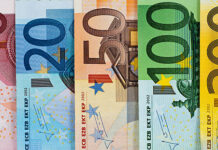



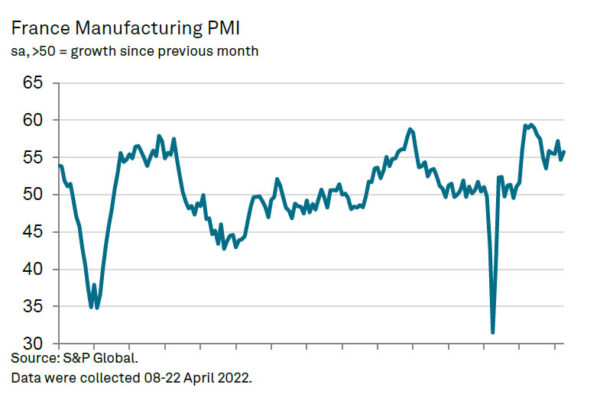
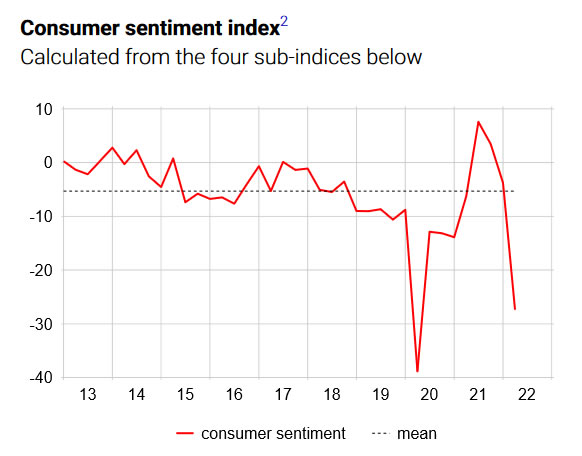
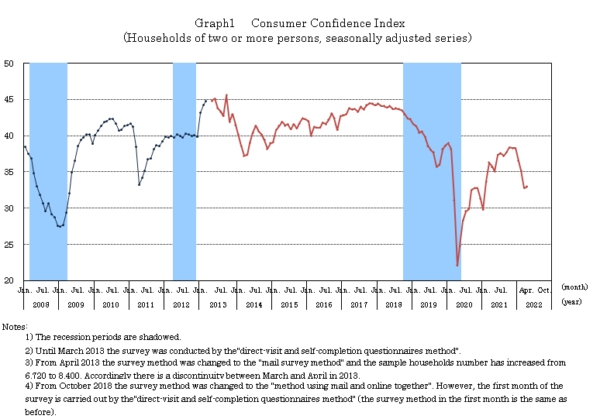
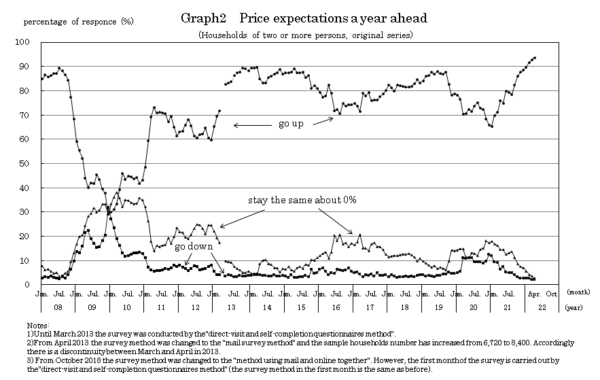
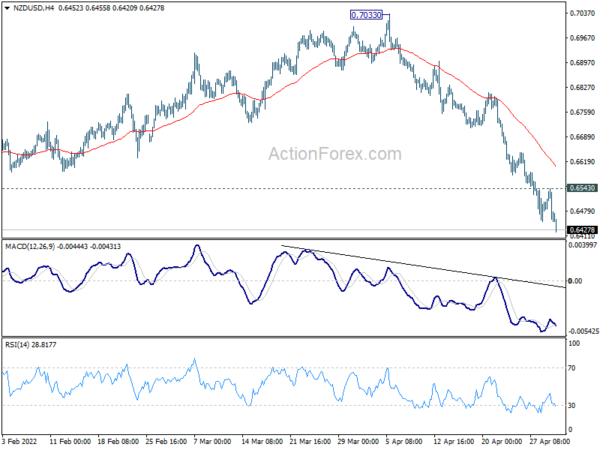
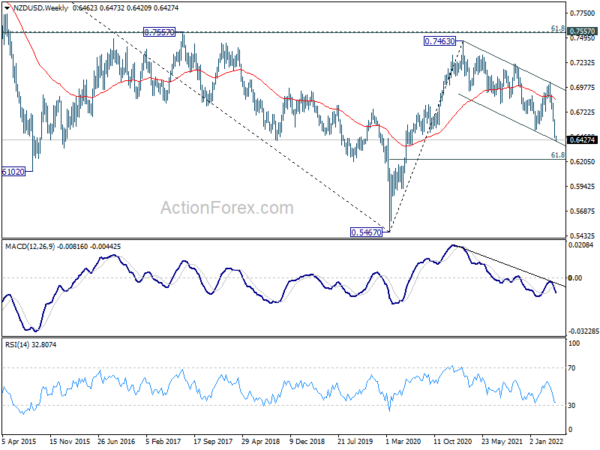
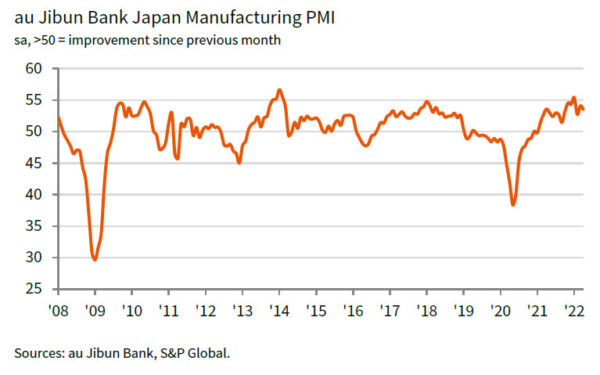
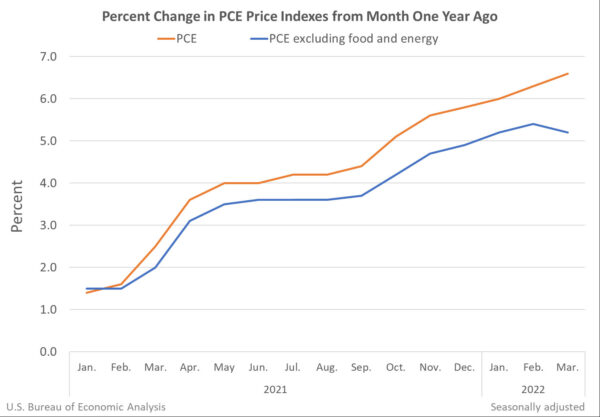
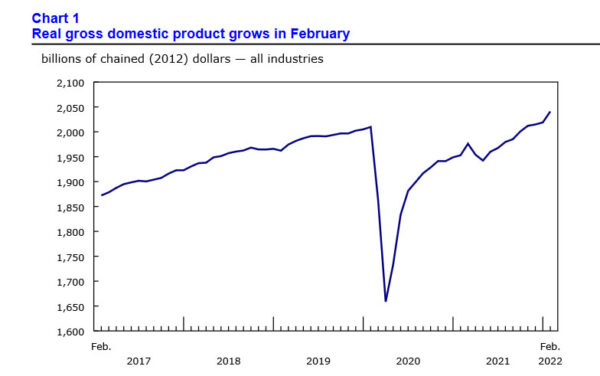
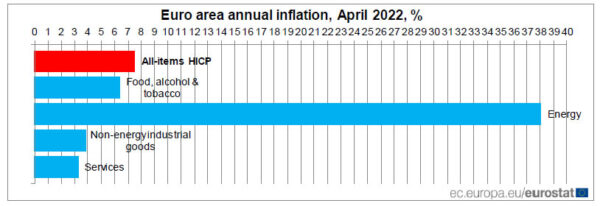
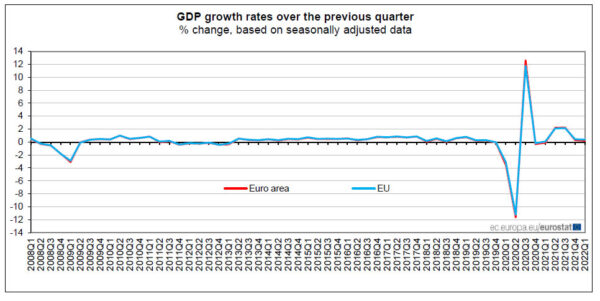

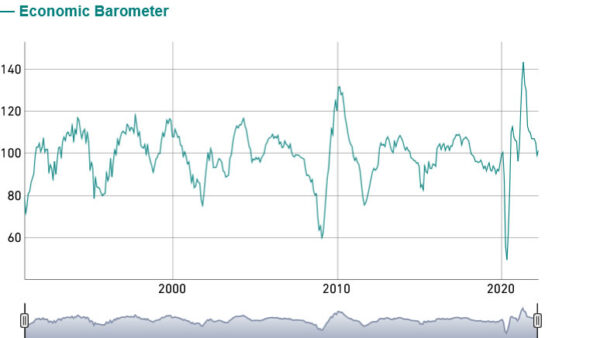
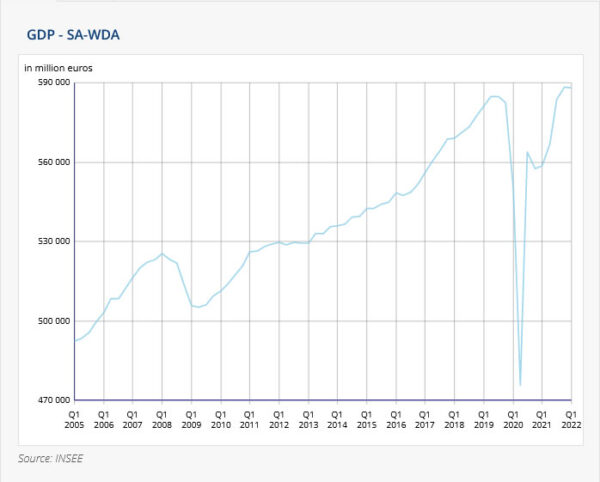
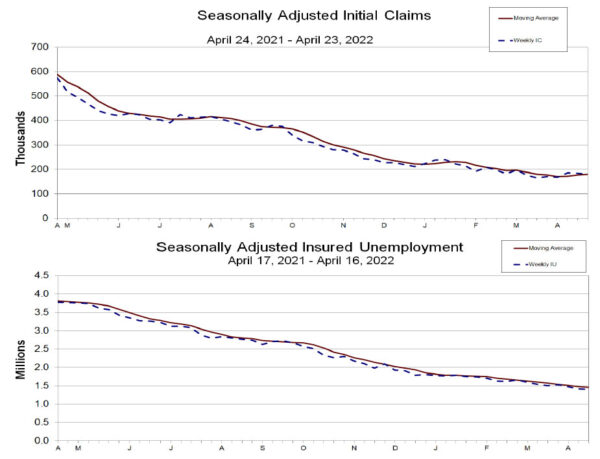
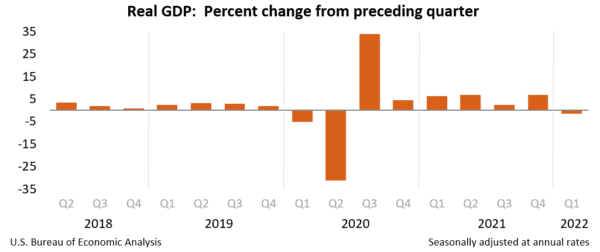
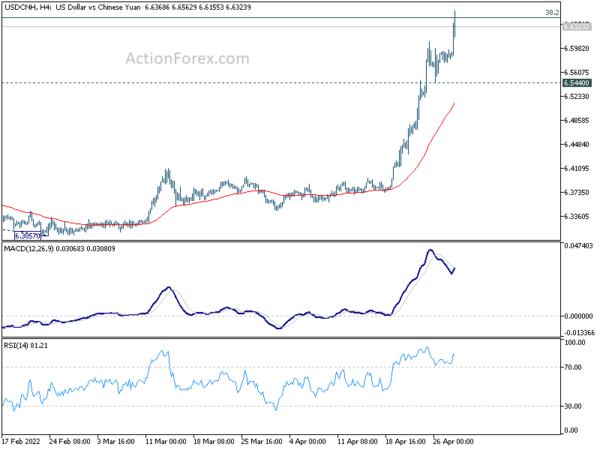
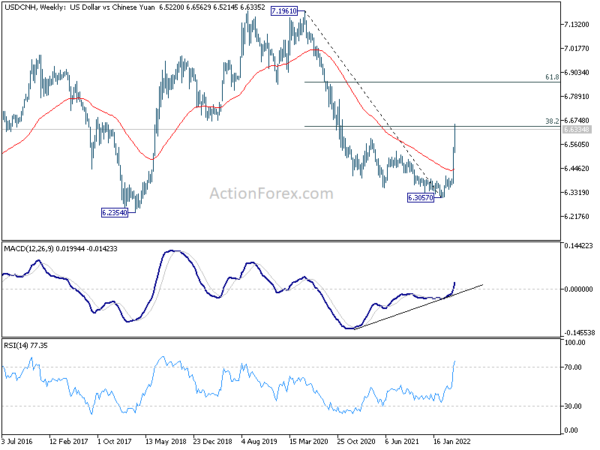

Germany PMI manufacturing finalized at 54.6, unwanted combination of soaring price pressures and falling activity
Germany PMI Manufacturing was finalized at 54.6 in April, a 20-month low, down from March’s 56.9. S&P Global said supply disruption and weaker demand weighed on output. Soaring costs drove unprecedented rise in prices charged. Goods producers remained pessimistic about the outlook.
Phil Smith, Economics Associate Director at S&P Global, said:
“Germany’s manufacturers are facing an unwanted combination of soaring price pressures and falling activity, as the war in Ukraine and COVID lockdowns in China disrupt supply chains and hit demand.
“The survey’s output index is now in contraction territory for the first time since the initial COVID shutdowns in the first half of 2020, with a similar situation for new orders hinting that this not just a supply problem but also evidence of slowing demand for goods.
“While factory employment continues to rise, and at a robust pace, it would seem that it’s only a matter of time before the weakened trends in output and new orders start to feed through to hiring activity, especially given manufacturers’ gloomy assessment of the outlook.
“It’s early days yet, but it’s already looking like manufacturing will be a drag on the economy in the second quarter, and the prospect of more lockdowns in China and any escalation of the energy crisis would only serve to increase this risk.”
Full release here.